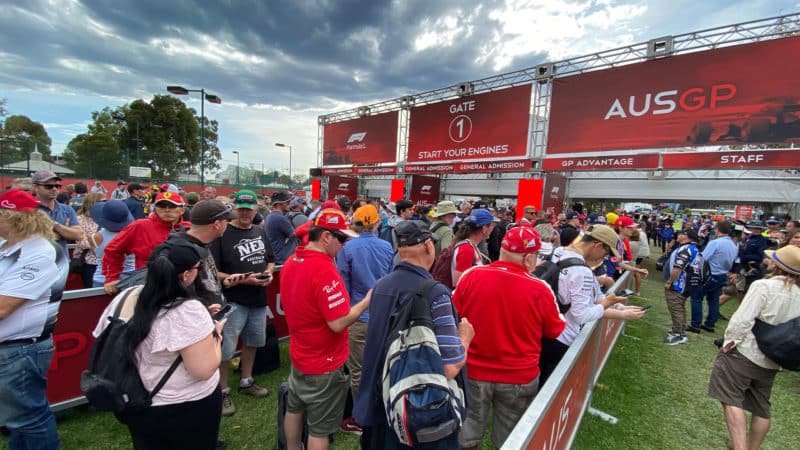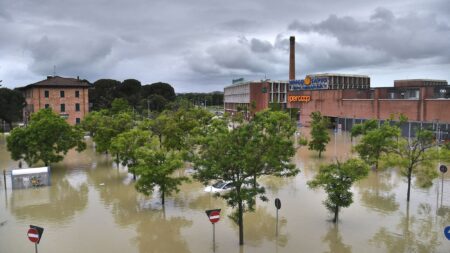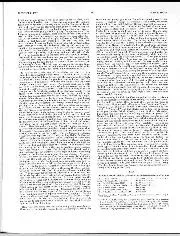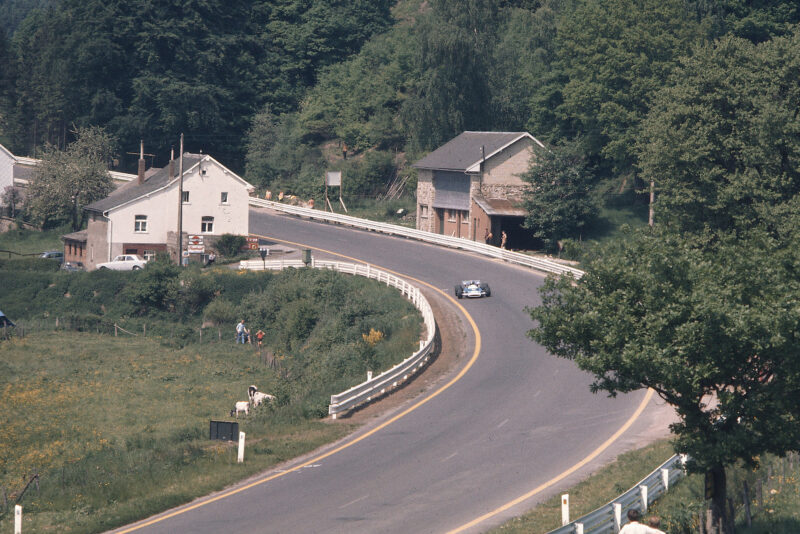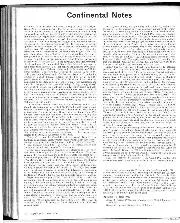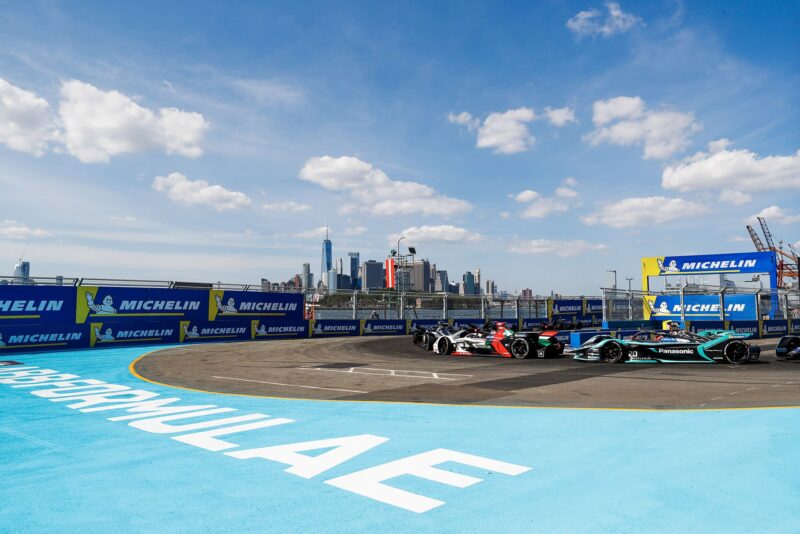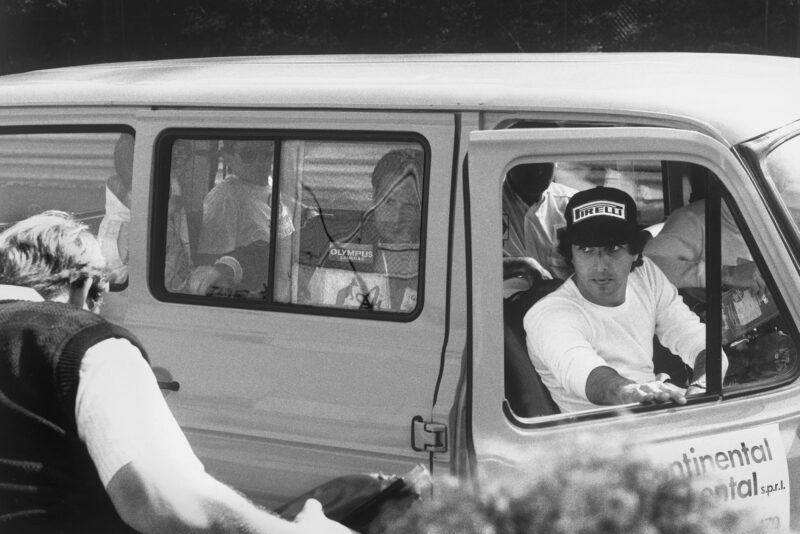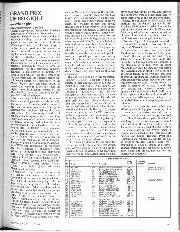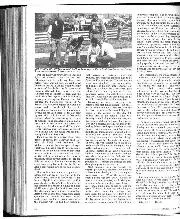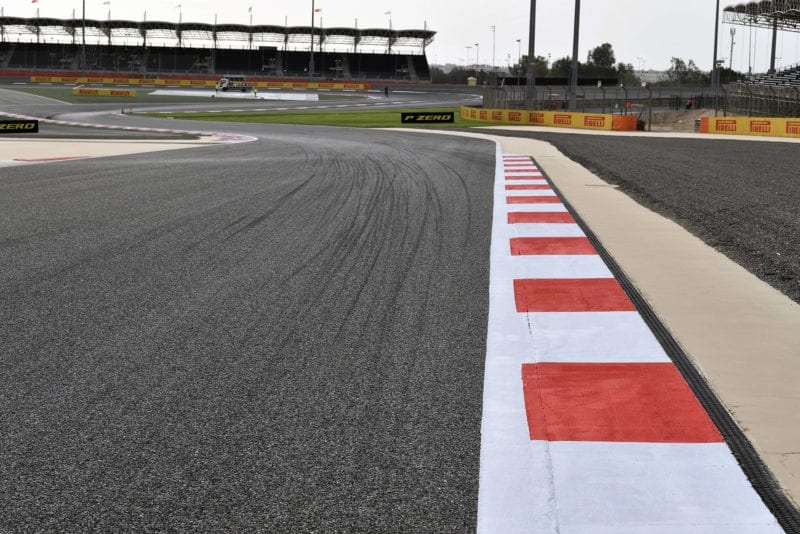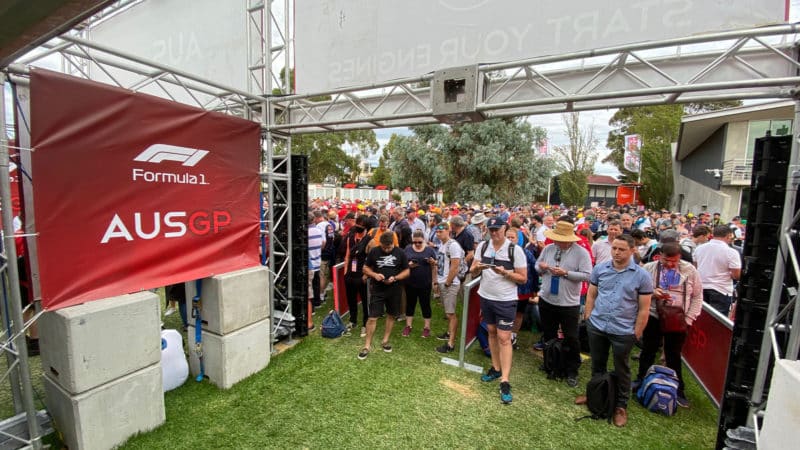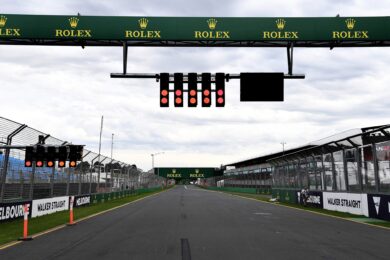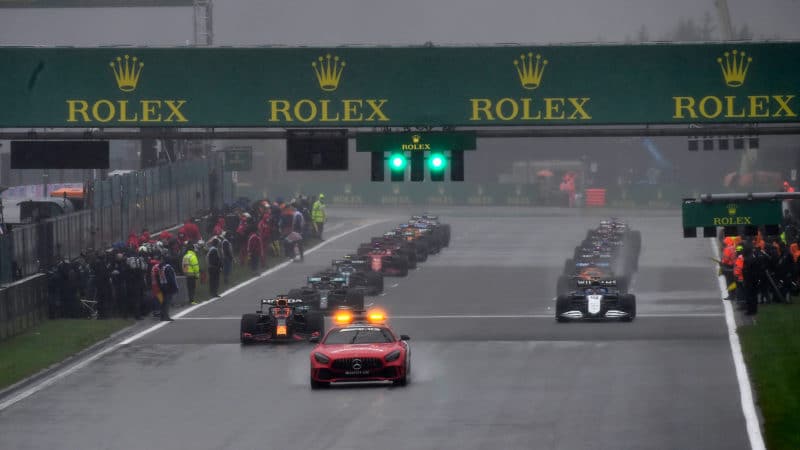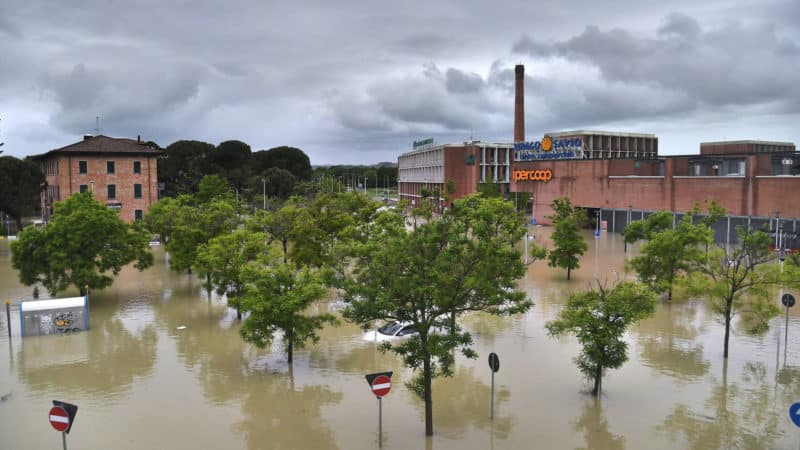Many of these were dropped due to money shortcomings; several in 1955 were cancelled in the wake of the Le Mans disaster. Sometimes though, the reasons for ditching the race were bizarre. The 1983 Swiss Grand Prix was set to be a second French race, held in Dijon as it had been in 1982. But this time French television didn’t fancy covering two races within a year.
As previously mentioned, in modern times, the total abandonment of F1 race weekends has become a rare sight, thanks to financially stable promoters and more reliable logistics. But every so often, the carefully choreographed F1 circus can be sent awry by natural phenomena.
Here are some of the memorable Formula 1 races that, in the event, never were.
1957 Belgian and Dutch Grands Prix
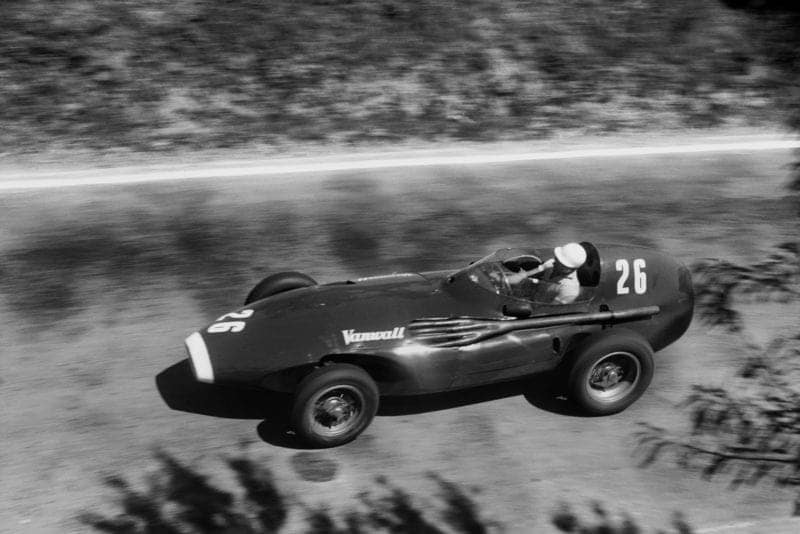
Stirling Moss drives to victory in the hastily-arranged 1957 Pescara GP
Motorsport Images
As if to demonstrate that in F1, like anything, everything is connected to everything else, this one can be traced to the Suez Crisis. That brought petrol rationing and economic difficulties, and two scheduled 1957 world championship races, Belgium’s at Spa-Francorchamps and the Netherlands’ at Zandvoort, therefore asked teams to accept lower starting money.
